Tuesday, October 8, 1968
Recording "Long Long Long", "I'm So Tired", "The Continuing Story Of Bungalow Bill"
For The Beatles
Last updated on November 16, 2024
Tuesday, October 8, 1968
For The Beatles
Last updated on November 16, 2024
"The Beatles" (aka the White Album) sessions
May 30 - Oct 18, 1968 • Songs recorded during this session appear on The Beatles (Mono)
Recording studio: EMI Studios, Studio Two, Abbey Road
Article Oct 06, 1968 • "Hey Jude" promo film broadcast on US TV
Session Oct 07, 1968 • Mixing "While My Guitar Gently Weeps", recording "Long Long Long"
Session Oct 08, 1968 • Recording "Long Long Long", "I'm So Tired", "The Continuing Story Of Bungalow Bill"
AlbumSome of the songs worked on during this session were first released on the "The Beatles (Mono)" LP
On this day, from 4 pm to 8 am, The Beatles progressed with the work on “Long, Long, Long” and also recorded two new tracks by John Lennon, “I’m So Tired” and “The Continuing Story Of Bungalow Bill“.
The recording session for George Harrison’s “Long, Long, Long” began the previous day. On this day, overdubs were added to Take 67.
Paul McCartney recorded his bass part, followed by George Harrison double-tracking his lead vocals and contributing additional acoustic guitar parts.
The last overdubs were recorded on the following day, finalizing the track.
The Beatles then began and finished “I’m So Tired” in that session, recording 14 takes of the basic track. John Lennon was on lead vocals and electric guitar, George Harrison on electric guitar, Paul McCartney on bass, and Ringo Starr on drums.
Take 7 was released on the “The Beatles” 50th anniversary boxset in 2018.
Take 14 was deemed the best and received overdubs.
OK, we’ll do it again. Try and leave those spaces, Paul, ’cause it’s all, at remix you’ll have to pull it all out.
John Lennon – Before take 14 – Quoted in beatlesebooks.com
John Lennon contributed an organ part, Paul McCartney played an electric piano, and Ringo Starr supplemented with additional drums.
John, Paul, and George provided backing vocals, and John recorded another guitar part. However, these overdubs were not included in the final mono and stereo mixes done on October 15. A version with all those discarded overdubs was released on the 2018 re-release of the White Album.
Sessions track 15 is the master with some elements that were left out of the final mixes made a week later. For example, John, Paul and George sang harmonies on track five […] Another omitted part, described as ‘far-off’ electric guitar on the tape box, is heard in this mix. This was recorded on track seven, which also has organ and extra drums. Electric piano, guitar and more drums are present on track six.
From “The Beatles” Super Deluxe edition book (2018)
A composite of takes 3, 6, and 9, capturing “all the best moments,” was included in Anthology 3 in 1996.
Into the fifth month of the recording the White Album, two more John Lennon songs – I’m So Tired and The Continuing Story Of Bungalow Bill – were added to the collection during a through-the-night Abbey Road session that ended at 8am. Now using eight-track recording machines on a regular basis for the first time, I’m So Tired was taped live, the master (Take 14) including minimal overdubbing. John would often perform a vocal with every take, and all the outtakes of I’m So Tired have one – presented here is an amalgam of takes 3, 6 and 9 that embrace all the best moments.
From “Anthology 3” liner notes
After twelve hours into the session, The Beatles moved on to a new track, “The Continuing Story Of Bungalow Bill,” recording just three takes. John Lennon played acoustic guitar and sang lead vocals, Yoko Ono contributed lead vocals (specifically on the line “Not when he looked so fierce“), and Ringo Starr was on drums.
Take 2 was included in the 50th-anniversary edition of the White Album released in 2018. Take 3 was considered the best, and overdubs were added onto it.
Paul McCartney recorded two bass tracks, John recorded a second vocal part, Ringo added tambourine, and Chris Thomas played a Mellotron part. Group backing vocals featuring all four Beatles, Yoko Ono, and Maureen Starkey were also recorded.
Paul then played a zither, George added some acoustic guitar and additional group backing vocals were added.
By the session’s end, the song was completed. It was mixed in mono & stereo the day after.
I’ve been very fortunate in having ridiculous fantasies come true. For instance, playing with The Beatles on “Bungalow Bill” with George Martin up there producing. Incredible!
Chris Thomas – From “The Beatles” Super Deluxe edition book (2018)




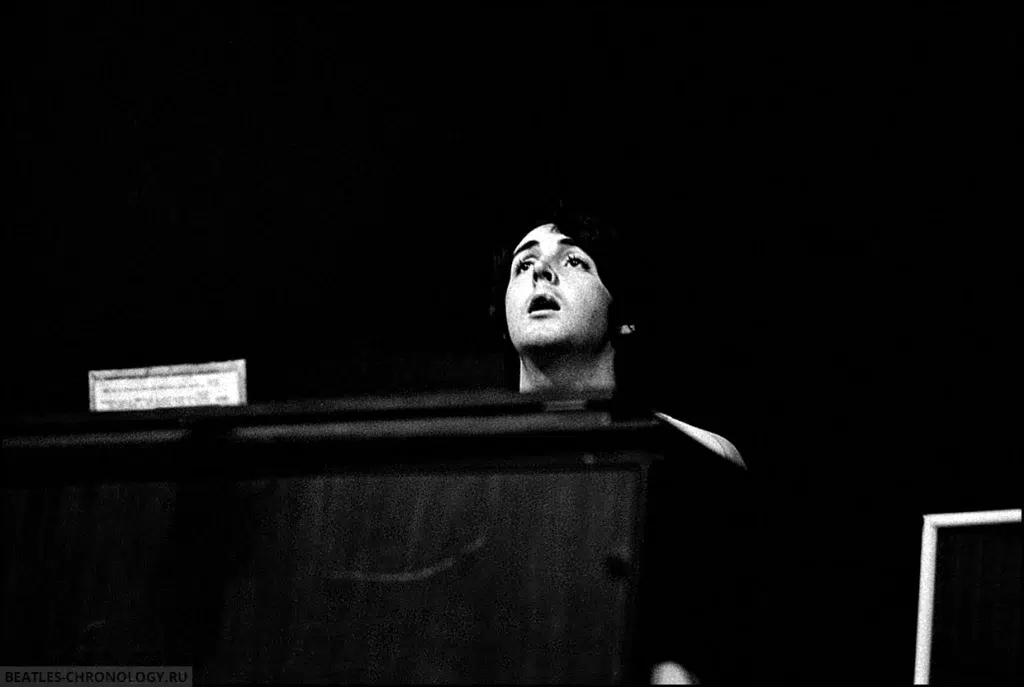
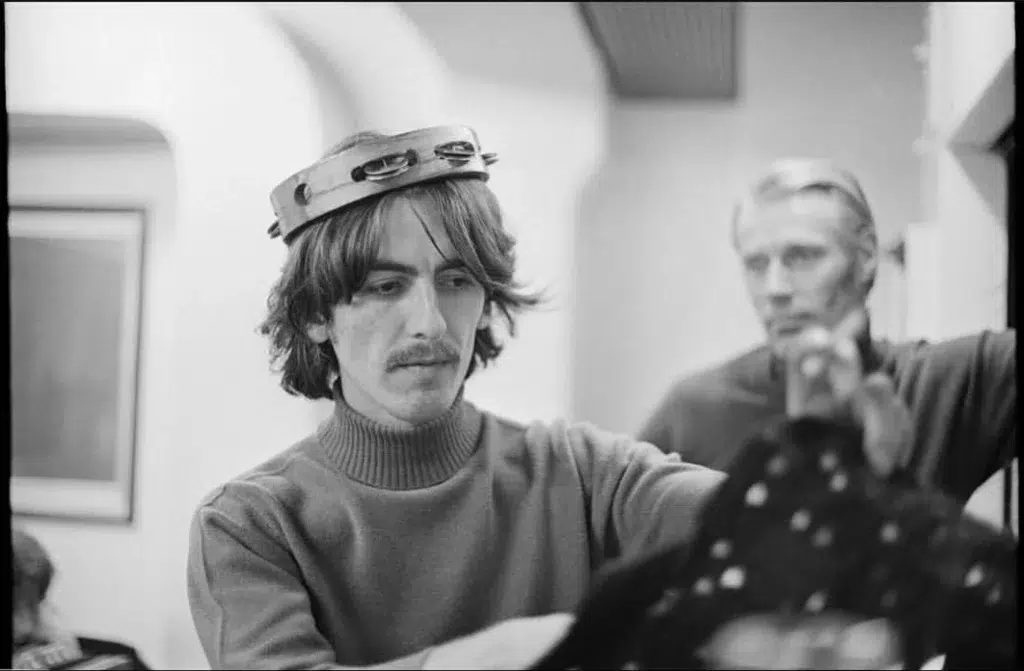
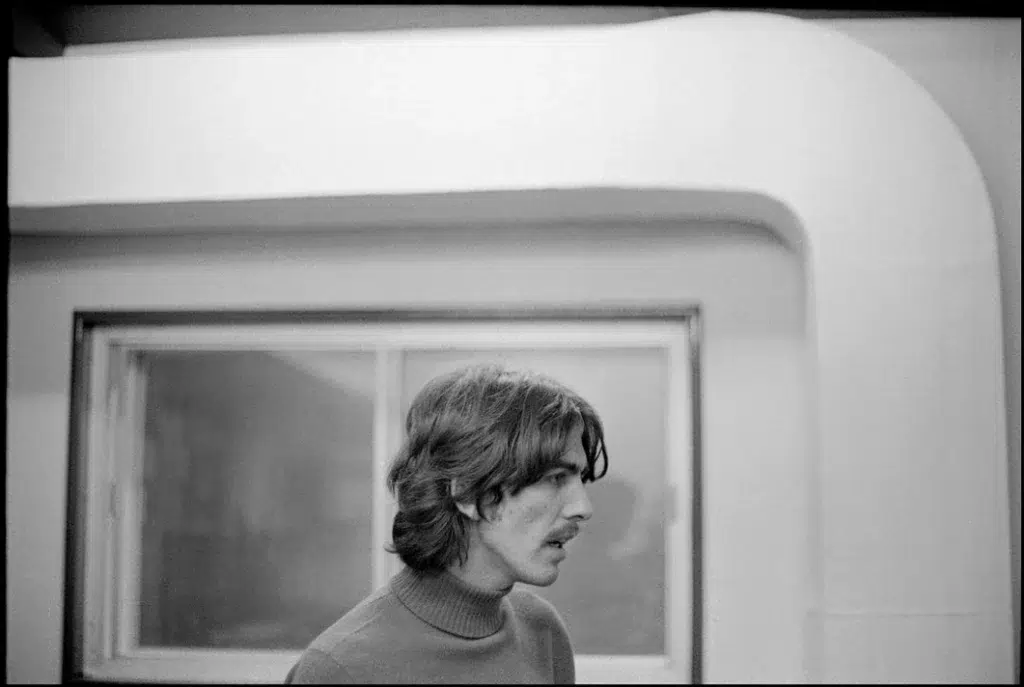
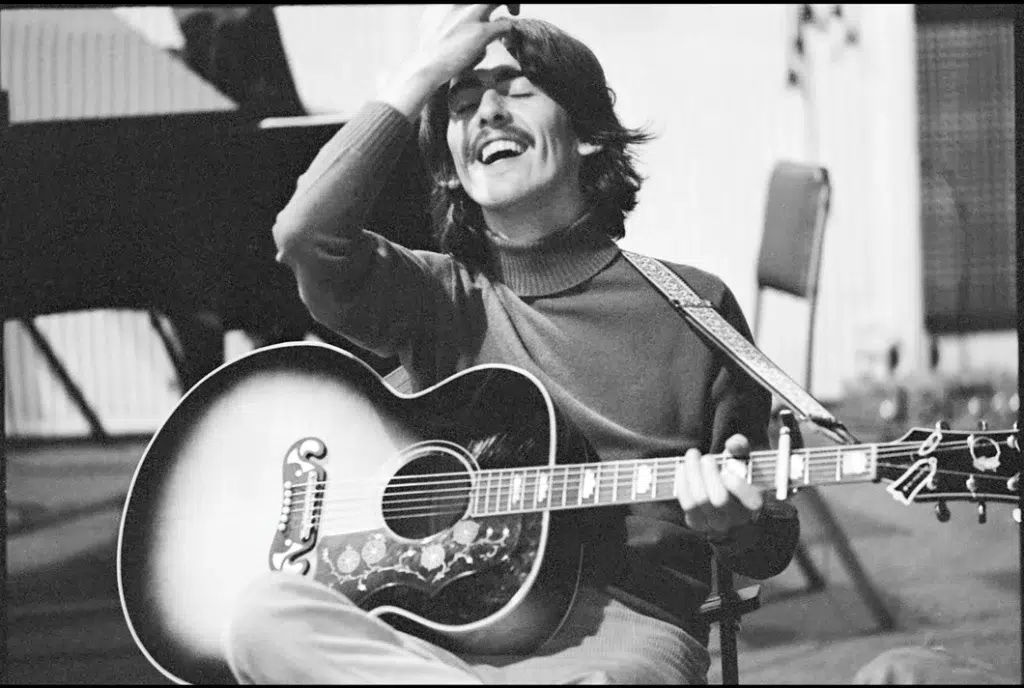

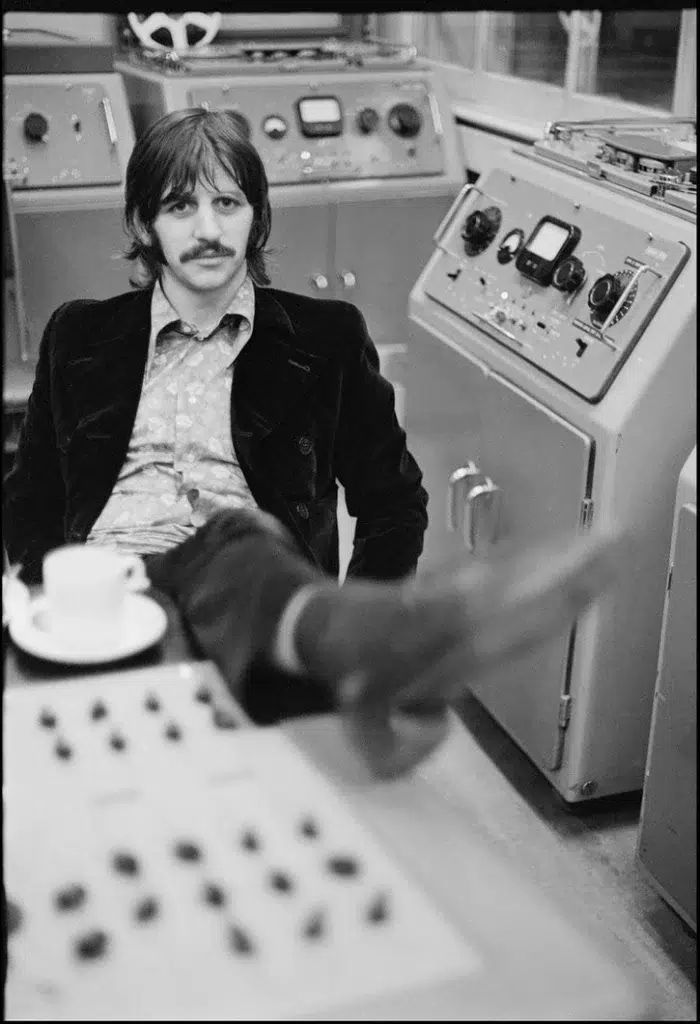
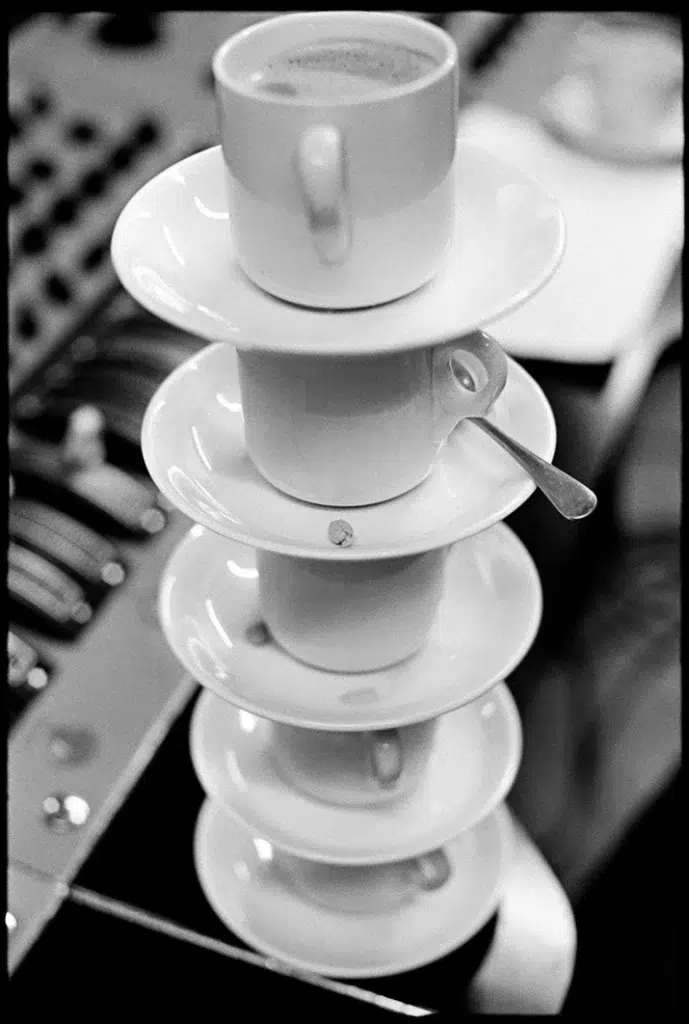
Written by George Harrison
Recording • SI onto take 67
Recording • Take 1
Recording • Take 2
Recording • Take 3
Recording • Take 4
Recording • Take 5
Recording • Take 6
Recording • Take 7
AlbumOfficially released on The Beatles (50th anniversary boxset)
Recording • Take 8
Recording • Take 9
Recording • Take 10
Recording • Take 11
Recording • Take 12
Recording • Take 13
Recording • Take 14
AlbumOfficially released on The Beatles (50th anniversary boxset)
The Continuing Story of Bungalow Bill
Recording • Take 1
The Continuing Story of Bungalow Bill
Recording • Take 2
AlbumOfficially released on The Beatles (50th anniversary boxset)
The Continuing Story of Bungalow Bill
Recording • Take 3
The Complete Beatles Recording Sessions • Mark Lewisohn
The definitive guide for every Beatles recording sessions from 1962 to 1970.
We owe a lot to Mark Lewisohn for the creation of those session pages, but you really have to buy this book to get all the details - the number of takes for each song, who contributed what, a description of the context and how each session went, various photographies... And an introductory interview with Paul McCartney!
The Beatles Recording Reference Manual: Volume 4: The Beatles through Yellow Submarine (1968 - early 1969)
The fourth book of this critically acclaimed series, "The Beatles Recording Reference Manual: Volume 4: The Beatles through Yellow Submarine (1968 - early 1969)" captures The Beatles as they take the lessons of Sgt. Pepper forward with an ambitious double-album that is equally innovative and progressive. From the first take to the final remix, discover the making of the greatest recordings of all time. Through extensive, fully-documented research, these books fill an important gap left by all other Beatles books published to date and provide a unique view into the recordings of the world's most successful pop music act.
If we modestly consider the Paul McCartney Project to be the premier online resource for all things Paul McCartney, it is undeniable that The Beatles Bible stands as the definitive online site dedicated to the Beatles. While there is some overlap in content between the two sites, they differ significantly in their approach.

Notice any inaccuracies on this page? Have additional insights or ideas for new content? Or just want to share your thoughts? We value your feedback! Please use the form below to get in touch with us.